Introduction | A shaft slip ring and its applications
What is this project?
Shaft slip rings are essential components in rotating systems. They enable the transmission of power and signals between stationary and rotating parts. This project focuses on the analysis and simulation of shaft slip rings. To so do, we use Finite Element Analysis (FEA), particularly through Abaqus CAE software. The provided Abaqus shaft slip ring model utilizes parametric modeling and Python scripting to enhance efficiency and accuracy. The tutorial addresses factors such as stress distribution, material properties, and geometric parameters.
What is a shaft slip ring?
A shaft slip ring is a specific type of slip ring designed to be assembled directly on the end of a rotating shaft. It is an essential component in many rotating systems, facilitating the transmission of power and electrical signals between stationary and rotating parts. Slip rings offer several advantages over other methods of transmitting power and signals to rotating components. For instance, they eliminate the need for wires hanging from rotating parts, thereby reducing wear and tear on the system. Additionally, slip rings can enhance system performance by enabling smoother and more continuous rotation, while simplifying system design through the elimination of complex wiring schemes. Overall, shaft slip rings are versatile and indispensable components in numerous rotating systems.
Applications of the shaft slip rings
Due to their numerous benefits, shaft slip rings are widely used in various applications. In wind turbines, they are installed in turbine housing to transmit electrical power generated by spinning blades to the stationary generator. Additionally, slip rings ensure smooth signal transmission between rotating antennas and stationary bases in radar systems. This allows antennas to rotate freely while continuously transmitting and receiving signals. In medical equipment such as CT scanners and surgical robots, shaft slip rings facilitate the transfer of data and power between rotating arms and stationary bases.
Analyzing the behavior of shaft slip rings
Shafts have numerous applications across various fields. So, analyzing their behavior before production is increasingly important to ensure their performance, which is crucial and of growing interest. Such analysis serves several purposes, as discussed here.
- Shaft slip rings are critical components responsible for transmitting power and signals. Analyzing their behavior beforehand identifies potential issues, prevents failures or system downtime, and ensures reliable performance in their final application.
- Slip rings operate in demanding environments with high speeds, significant loads, and exposure to rough elements. Pre-production analysis helps predict how the rings will handle these stresses. So, it enables us to prevent catastrophic failures that could damage equipment or injure personnel.
- Analysis allows engineers to refine the slip ring design for optimal performance, considering factors such as minimizing friction, maximizing signal transmission quality, and ensuring proper heat dissipation. By optimizing the design, you achieve a ring that works more efficiently and lasts longer.
- Different applications have specific requirements for speed, current carrying capacity, and signal accuracy. Pre-production analysis ensures the slip ring design meets or exceeds these requirements. This enables us to prevent compatibility issues or wasted resources on rings, not suited for the final use.
In conclusion, analyzing shaft slip ring behavior before production is a forward-thinking approach that reduces risks, optimizes performance and ensures a reliable and cost-effective product.
Numerical vs experimental analyzing methods
Up to now, experts have introduced two well-known categories of models to analyze the behavior of shaft slip rings: numerical or computational models, and experimental methods. Each method has its limitations and benefits, with the choice often depending on specific application needs and available resources. While experimental methods are costly and challenging, they provide valuable validation for results obtained from simulations. In contrast, numerical simulations are increasingly preferred due to their simplicity and cost-effectiveness. Both methods are commonly used today. However, combining these techniques offers a more comprehensive understanding of slip ring behavior. This approach allows engineers to compare predicted behavior with real-world performance. This tutorial exclusively focuses on the numerical simulation of shaft slip ring behavior using Abaqus CAE, without including experimental simulation aspects.
Finite element simulation of the shaft slip ring behavior
We will perform the Abaqus shaft slip ring simulation in this tutorial. Abaqus utilizes the finite element method to analyze various problems, including the physical behavior of slip rings under different loads and conditions. The Abaqus shaft slip ring analysis allows us to model factors such as stress distribution, contact mechanics between brushes and rings, and deformation under applied loads. It helps identify weak points in the design and optimize strength, stiffness, and durability.
The benefits and restrictions of the finite element analysis
Benefits
Finite Element Analysis (FEA) offers several advantages over physical experiments when analyzing shaft slip ring behavior. First, it is typically much cheaper than building and testing physical prototypes due to reduced material costs, labor for construction, and test setup expenses. Additionally, you can iterate on designs virtually without the need for constant physical re-creation.
Running FEA simulations is also considerably faster than conducting physical experiments, allowing for quicker design exploration and optimization, which accelerates the development process. Moreover, FEA enables you to simulate extreme conditions that might be dangerous or impractical to replicate in a physical test environment. For example, you can analyze how the slip ring would behave under very high speeds or loads without risking equipment damage or personnel safety.
Another benefit of FEA analysis is that it provides a much more detailed picture of the stress, strain, and temperature distribution within the slip ring compared to physical measurements. This allows for a deeper understanding of how different design elements affect performance and helps identify potential failure mechanisms. Moreover, FEA enables easy conduct of parametric studies by varying different design parameters such as material properties, ring dimensions, or contact pressure. This helps identify the optimal design configuration for your specific application. Finally, FEA is a non-destructive technique, meaning the virtual slip ring remains intact throughout the analysis. This allows for conducting multiple simulations on the same model without the need to build and destroy multiple prototypes.

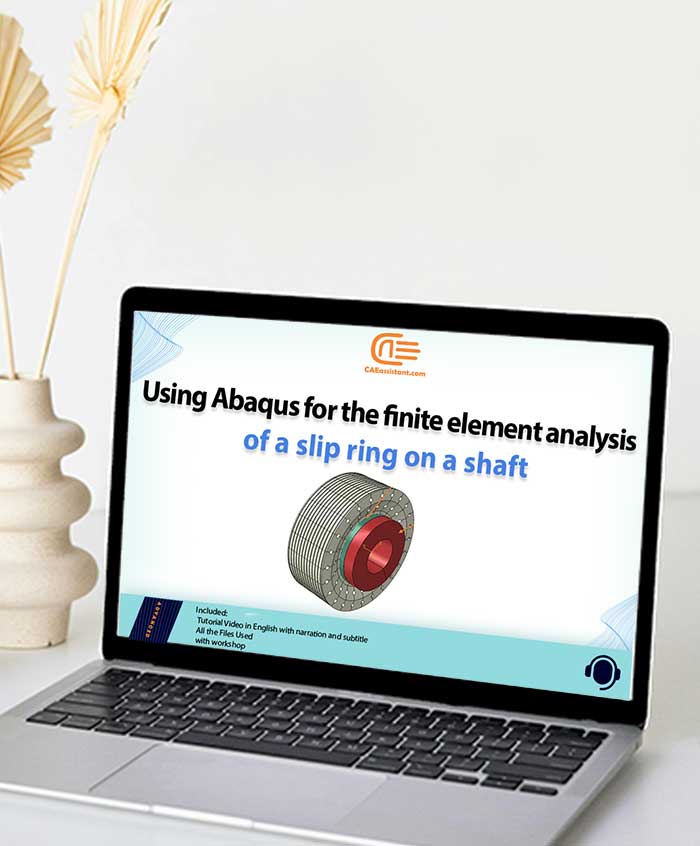
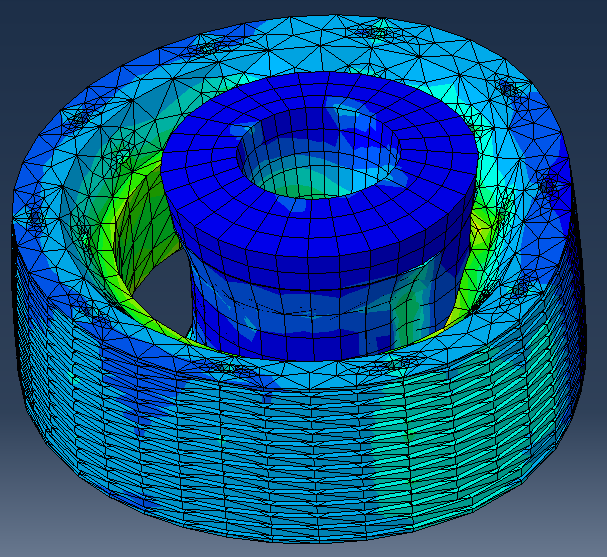
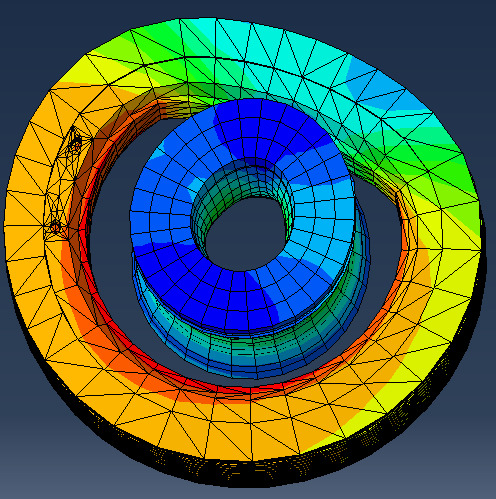
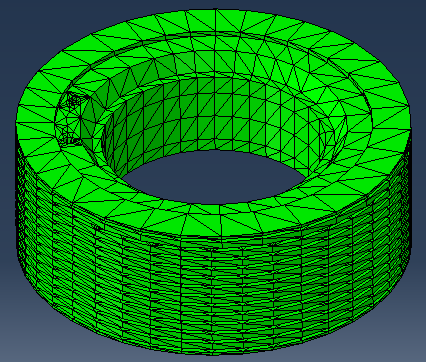
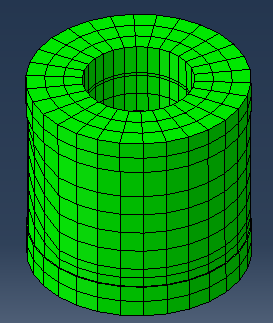
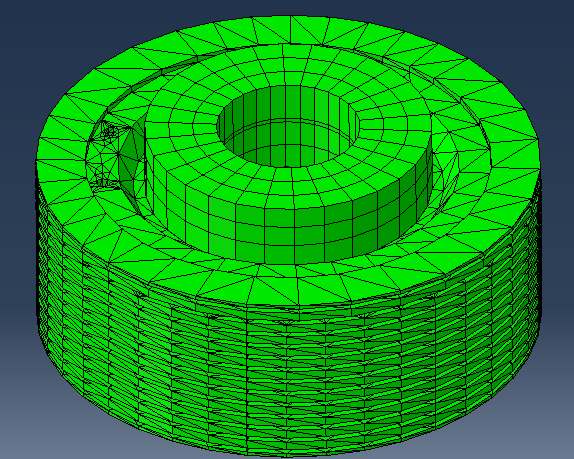
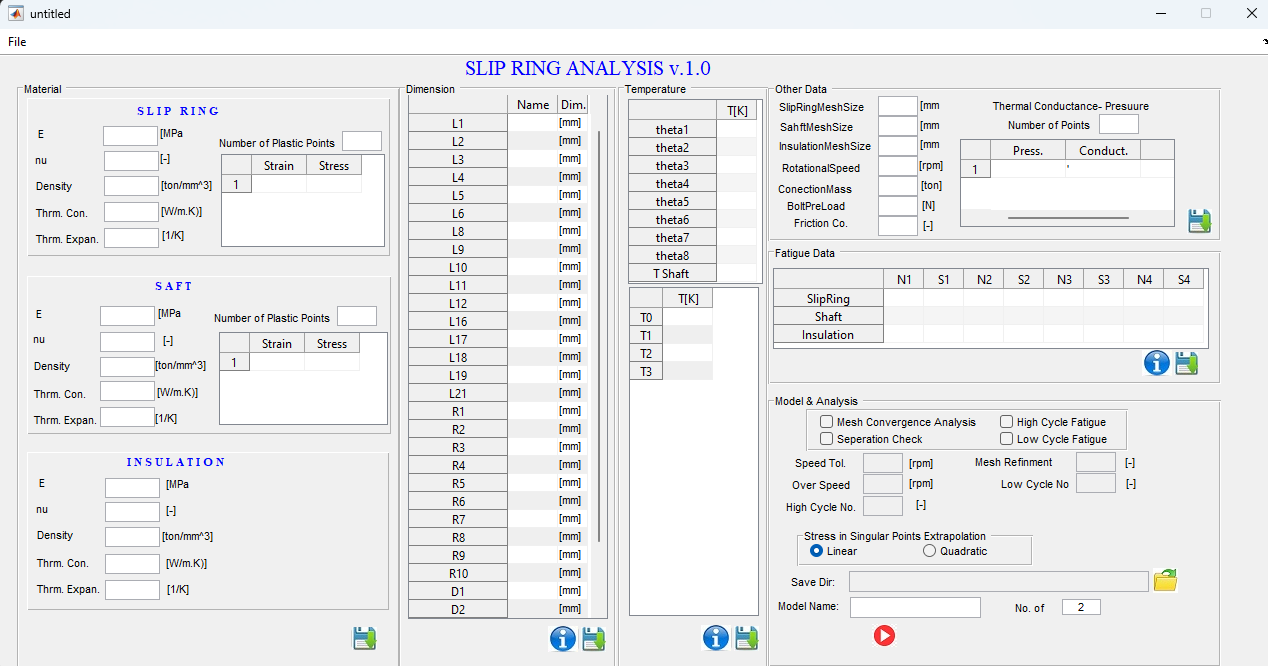
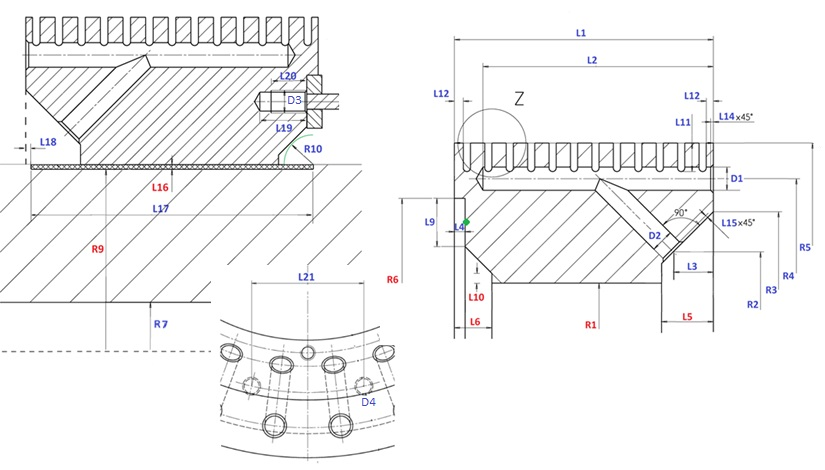
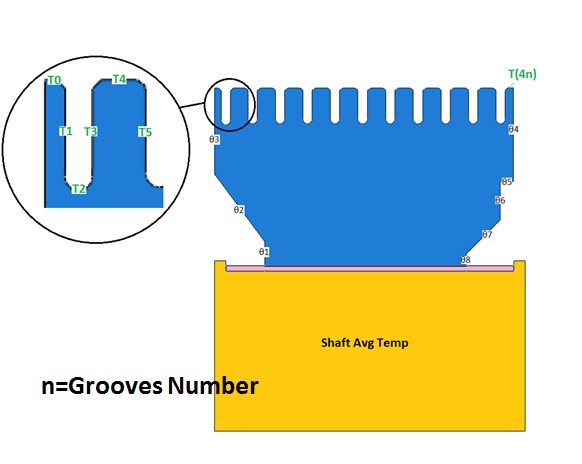
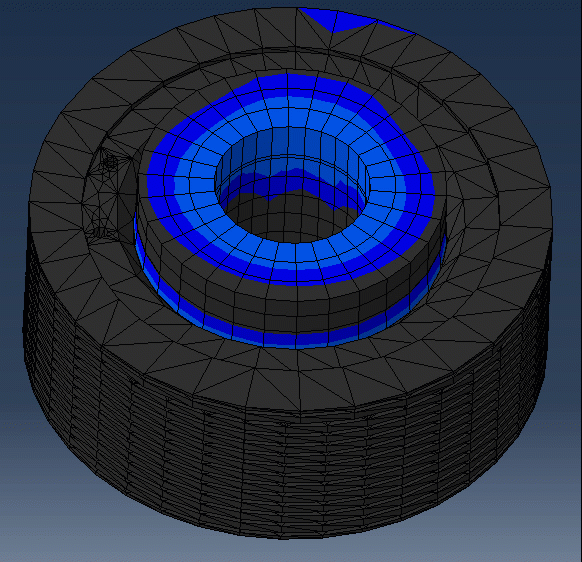
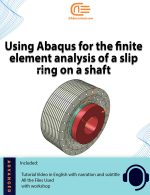
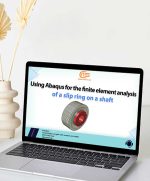
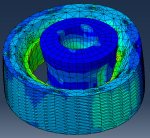
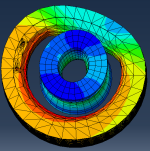
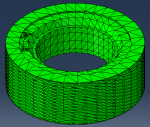
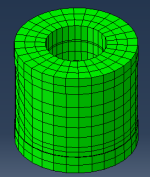
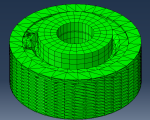


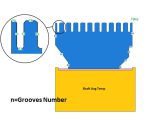
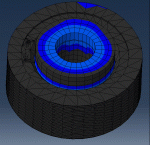
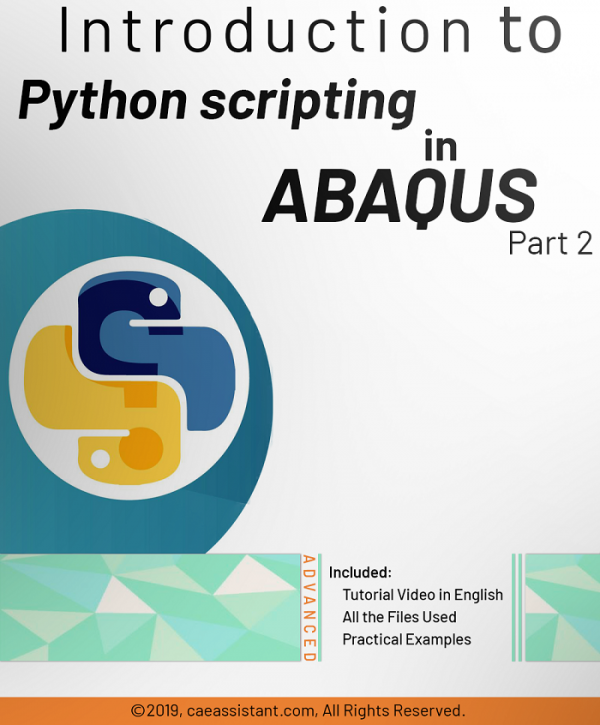
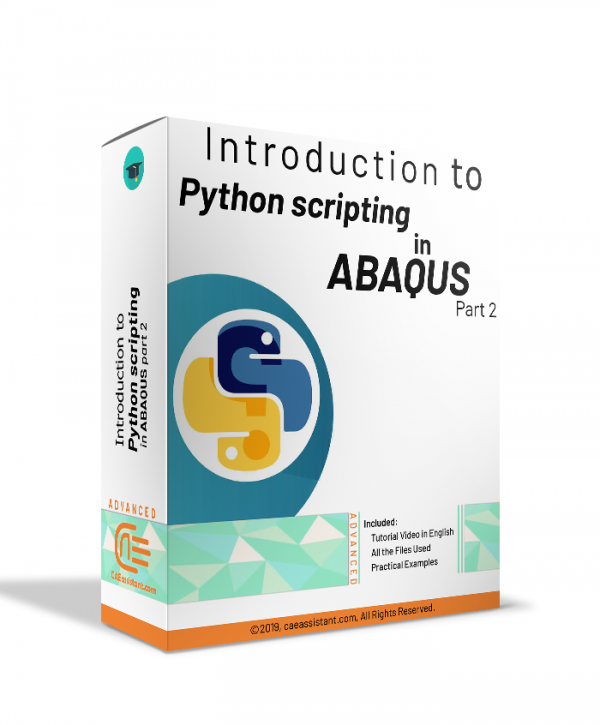
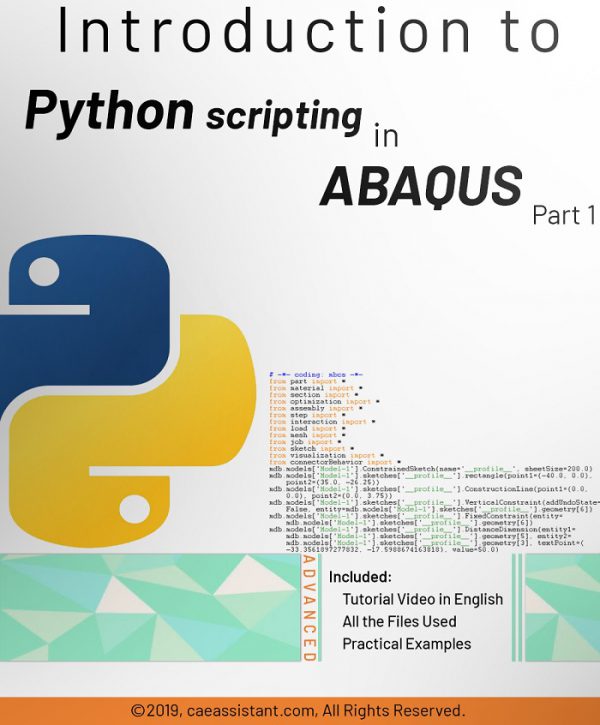
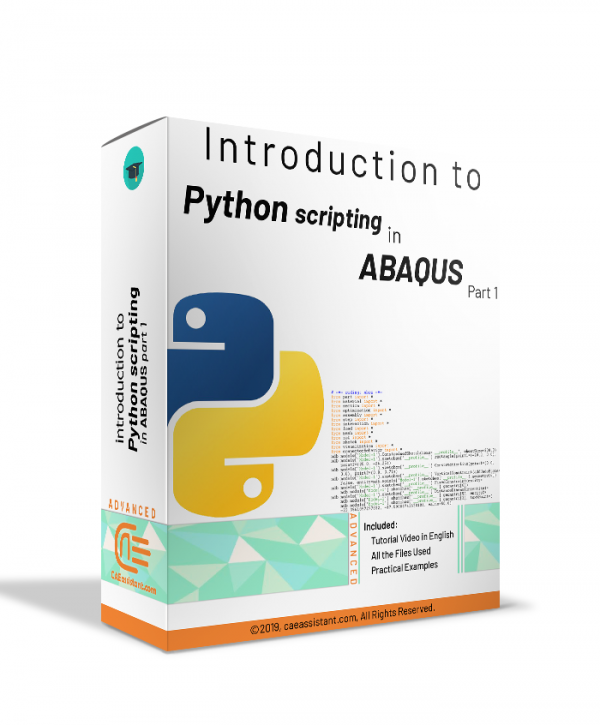
Reviews
Clear filtersThere are no reviews yet.